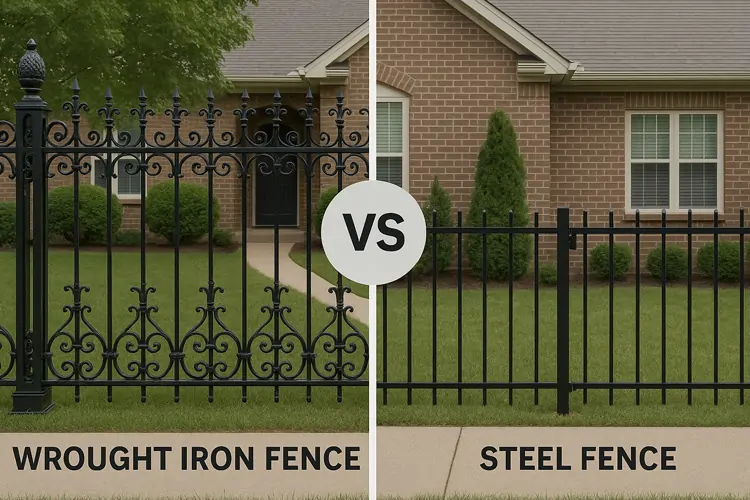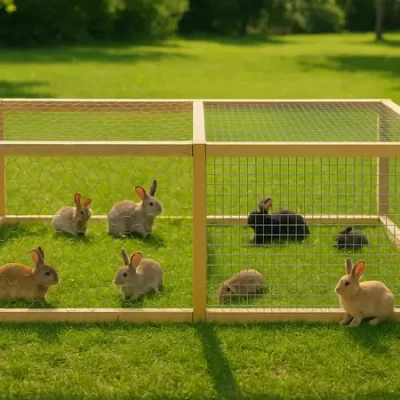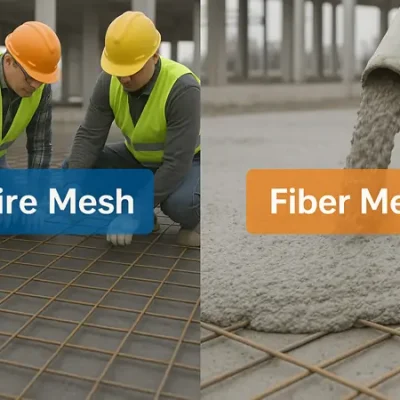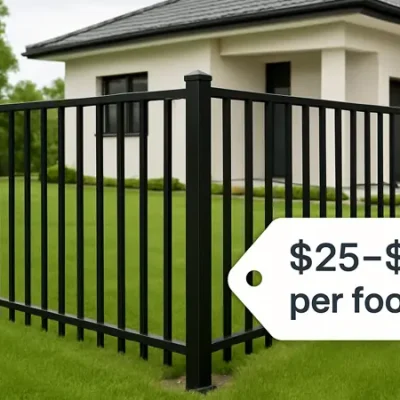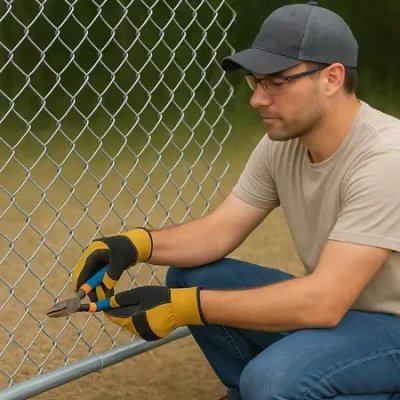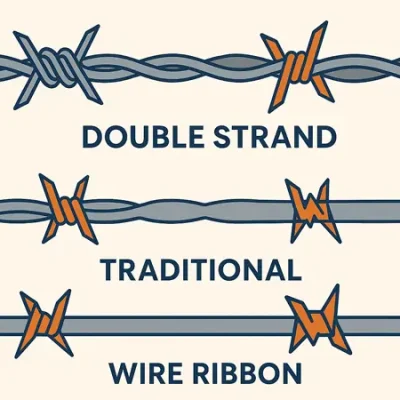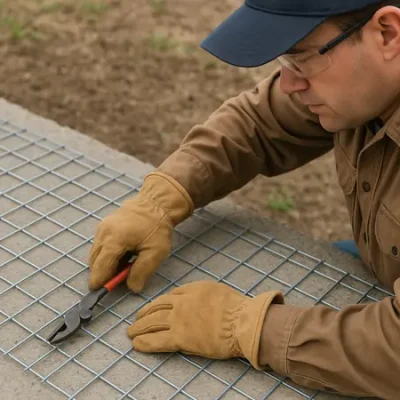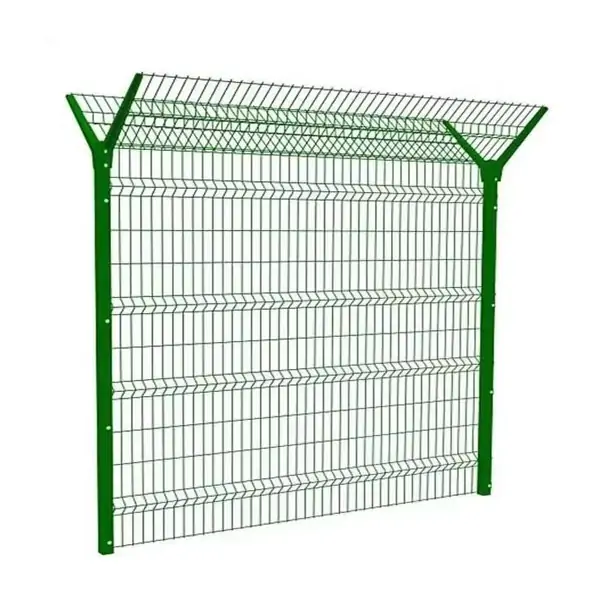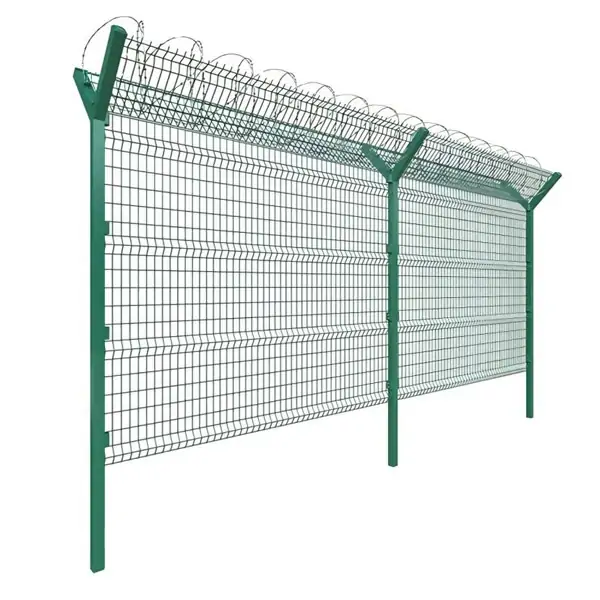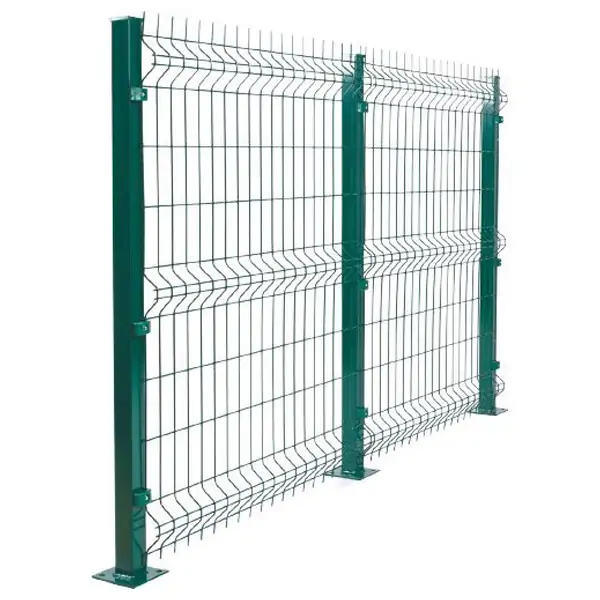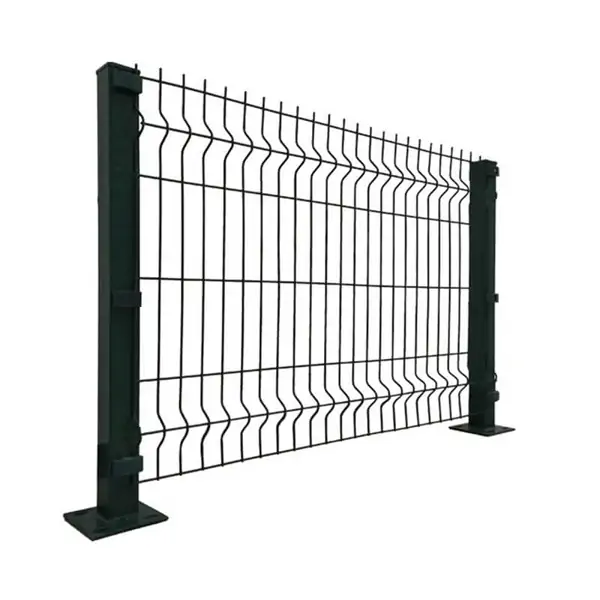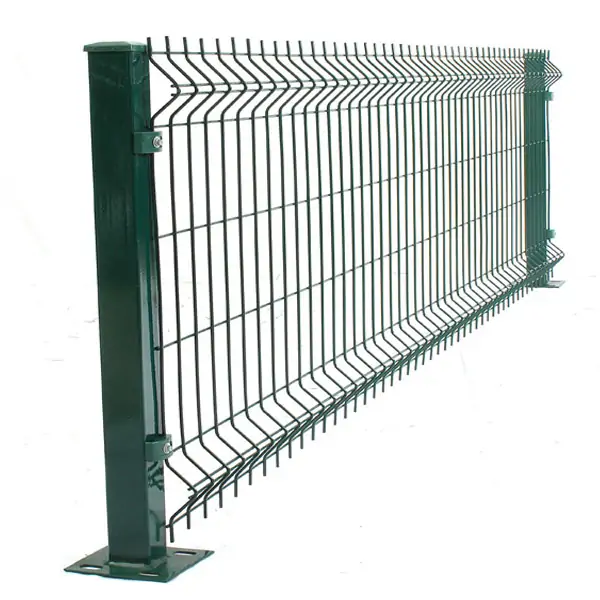Table of Contents
ToggleIntroduction: Why Compare Wrought Iron and Steel Fence Cost?
Metal fencing has always been a symbol of strength, security, and elegance. In recent years, the demand for metal fences has surged, driven by homeowners and businesses seeking durability and visual appeal.
Common questions like “Which is cheaper, wrought iron or steel?” and “Which lasts longer?” are frequently asked by property owners. This guide aims to answer these questions with a comprehensive cost breakdown and practical advice, helping you make a smart investment decision.
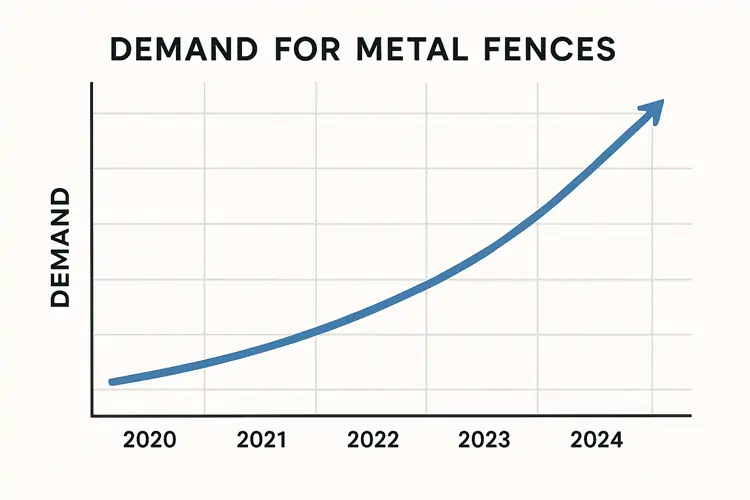
Wrought Iron and Steel Fences Explained (Differences in Materials & Features)
What is a Wrought Iron Fence?
Wrought iron is a traditional fencing material known for its classic, ornate designs and exceptional durability. It is made by heating iron and working it with tools, which gives it a distinctive grain texture.
Pros:
-
Elegant and timeless appearance
-
Highly durable and strong
-
Customizable designs
Cons:
-
Prone to rust without proper treatment
-
Heavier and more expensive than alternatives
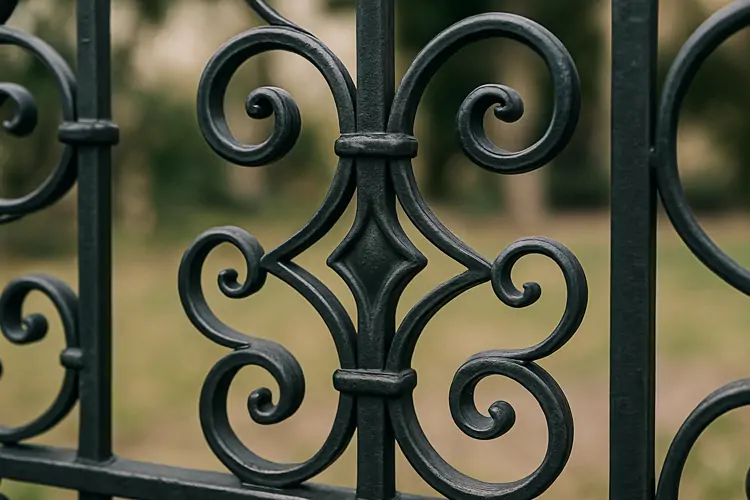
What is a Steel Fence?
Steel fences are manufactured from carbon steel or galvanized steel panels. They offer a modern alternative with a balance between cost and performance.
Pros:
-
More affordable than wrought iron
-
Resistant to corrosion (especially galvanized or powder-coated)
-
Easier and faster to install
Cons:
-
Slightly less durable in ornamental applications
-
May not achieve the same intricate designs as wrought iron
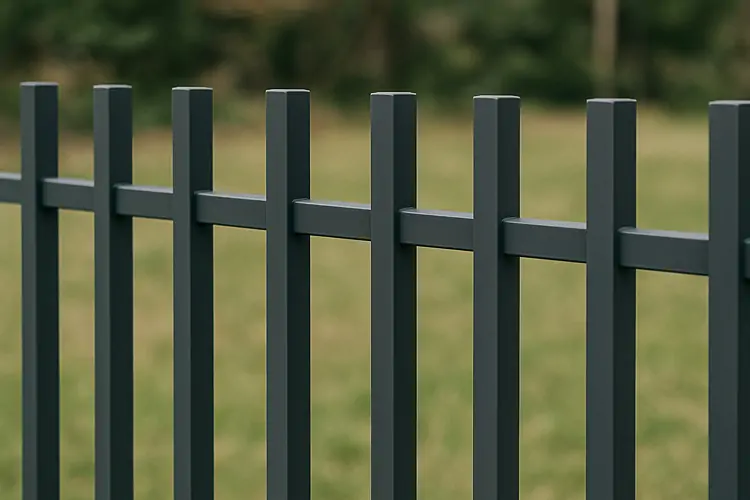
Key Differences at a Glance
| Feature | Wrought Iron | Steel |
|---|---|---|
| Appearance | Classic, ornate designs | Sleek, modern look |
| Strength | Extremely strong | Very strong, but slightly less than iron |
| Durability | Long-lasting with maintenance | Highly durable with coatings |
| Cost | Higher upfront and maintenance cost | More affordable initially |
| Maintenance | Needs painting & rust protection | Easier upkeep with coatings |
Wrought Iron Fence Costs in 2025 (Complete Breakdown)
Average Cost Per Linear Foot
On average, a plain wrought iron fence costs $30–$50 per linear foot. Ornamental or custom designs can reach $60–$120 per linear foot.
Wrought Iron Fence Cost by Type
-
Plain Wrought Iron: $30–$50/ft
-
Galvanized & Powder-Coated: $50–$80/ft (adds rust resistance)
-
Ornamental & Custom Designs: $80–$120+/ft
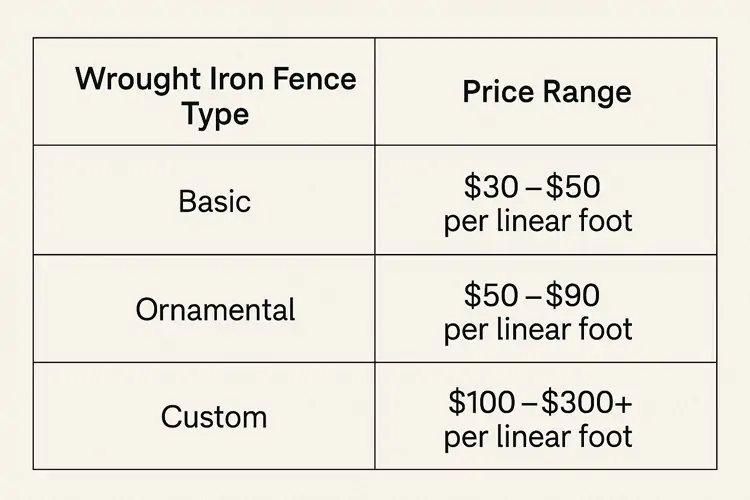
Installation Cost Factors
-
Labor intensity due to weight and design complexity
-
Uneven terrain increases installation difficulty
-
Custom fabrication raises labor costs
Regional Price Differences
-
US: $40–$100/ft depending on city/state
-
Canada: Slightly higher due to import costs
-
Australia: Comparable to US pricing in urban areas
Long-Term Maintenance Costs
-
Repainting every 5–7 years: $5–$10/ft
-
Rust removal & repairs add up over time
Steel Fence Costs in 2025 (Complete Breakdown)
Average Cost Per Linear Foot
Steel fences typically cost $20–$40 per linear foot for standard designs. Decorative options range from $40–$70 per linear foot.
Steel Fence Cost by Type
-
Standard Steel Panels: $20–$30/ft
-
Galvanized & Powder-Coated Steel: $30–$50/ft
-
Decorative Steel Fencing: $50–$70+/ft
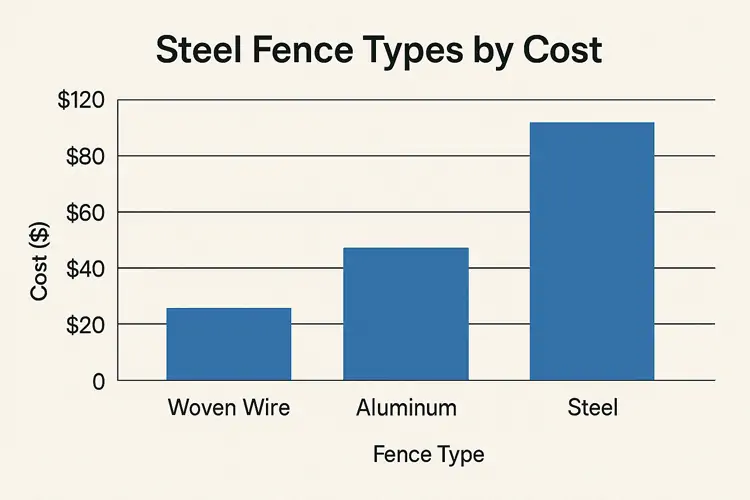
Installation Cost Factors
-
Easier to handle than wrought iron
-
Prefabricated panels reduce labor time
-
Complex designs may increase costs
Regional Price Differences
-
Similar trends to wrought iron, with slightly lower averages
Longevity & Maintenance Costs
-
Coating lasts 10–15 years before recoating is needed
-
Lower overall maintenance compared to wrought iron
Additional Cost Factors for Both Fence Types
-
Fence height & thickness
-
Custom painting & finishes
-
Gates & access points installation
-
Brick columns & decorative posts
-
Property survey & permits
-
Land grading, tree/bush removal
-
Fence removal & disposal fees
Cost Comparison Summary: Which Fence Type Offers Better Value?
-
Upfront Cost: Steel is 20–40% cheaper than wrought iron.
-
Maintenance Over 10–20 Years: Steel incurs lower upkeep costs.
-
Total Cost of Ownership (TCO): Steel offers better value for most residential needs, while wrought iron is preferred for prestige properties.
Pros and Cons Recap: Which Fence Is Right for You?
| Choose Wrought Iron If… | Choose Steel If… |
|---|---|
| You want luxury aesthetics | You seek cost-effective durability |
| Historic or high-end property | Modern design preferences |
| Willing to invest in maintenance | Prefer lower upkeep |
Money-Saving Tips When Installing Metal Fences
-
Opt for prefabricated panels where possible
-
Use galvanized coatings to reduce long-term costs
-
Bundle gates & accessories with fence orders
-
Look for seasonal promotions from suppliers
-
Hire local contractors to cut down on logistics
Does a Metal Fence Increase Home Value?
Metal fences can significantly enhance curb appeal and resale value. They also improve security, which can reduce insurance premiums.
ROI depends on property type, but both wrought iron and steel fences generally offer positive returns.
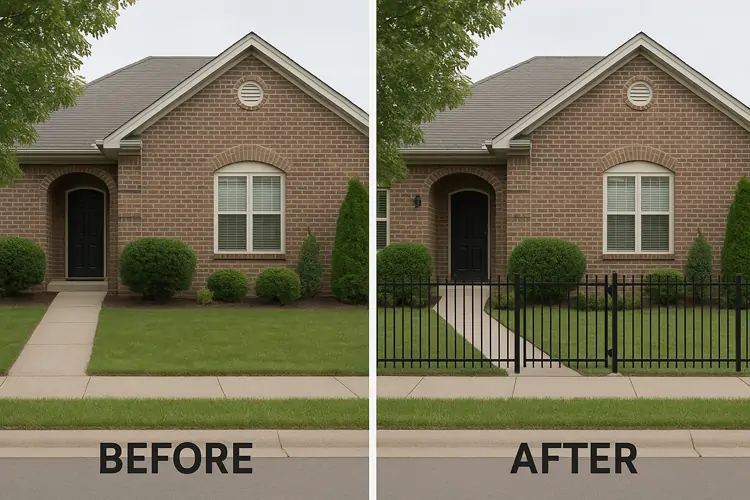
Real-World Case Studies (Optional but Powerful)
-
Residential Wrought Iron Project: $15,000 for custom design, added $25,000 in property value.
-
Commercial Steel Security Fence: $30,000 project reduced theft incidents by 40%.
Frequently Asked Questions (FAQ)
-
Is wrought iron always more expensive than steel?
-
How long do wrought iron fences last with proper care?
-
Can steel fences replicate wrought iron aesthetics?
-
Which fence requires less maintenance in rainy areas?
-
Can I install a wrought iron or steel fence myself?
Why Trust YESON for Accurate Fence Cost Data?
YESON sources data from real projects, verified suppliers, and ongoing market research. With years of manufacturing and export experience, YESON provides transparent and reliable pricing for clients worldwide.
Conclusion: How to Make the Right Choice
Both wrought iron and steel fences offer unique benefits. Your final decision should consider aesthetics, budget, maintenance, and property needs.
For luxury appeal and timeless design, wrought iron is unmatched. For cost-effective durability and easier maintenance, steel is the smarter choice.
Contact YESON today for a personalized quote and expert consultation.

